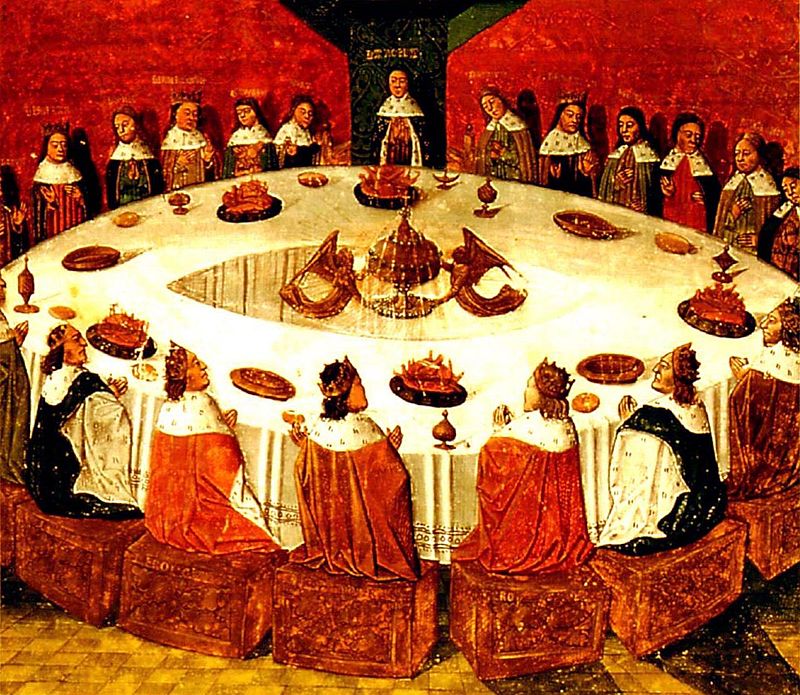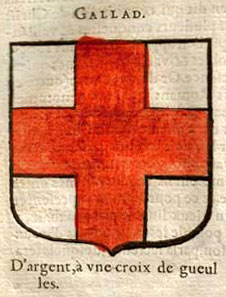 |
| Sam Durrell nears the end of his run in Assignment–Sheba Cover Art by Richard Kohlfield |
During the British Invasion, maybe earlier, Rock n' Roll drew a line in the sand for baby boomers. If you were on the wrong side of it, you were probably listening to your parents' music and reading Archie Comics. To varying degrees the Rock'n'Roll hegemony stuck, sustaining like Nigel Tufnel's guitar in This Is Spinal Tap ('84). The Beatles versus Stones argument drags on, even as the Rock Hall of Fame scrapes the bottom of the barrel to remain relevant.
 |
| Bachelor pads were serving up Mai Tais Les Baxter once again |
It's my impression that this nostalgia for the once-irredeemably square extended to crime genre paperbacks from that era, too. Second-hand books by the likes of Ian Fleming, John D. MacDonald and Richard Stark (Donald Westlake) that once sold for a buck-or-under were now going for way more. The cover art, created by illustrators like Harry Bennett, Victor Kalin, and Robert McGinnis, was itself becoming imminently collectible–and influential. Advertising and the burgeoning Low Brow Art Movement borrowed heavily from it.
In that era of comebacks, when Arthur Lyman, Donald Hamilton, and Robert Goulet (via Will Farrell on SNL) were once again orbiting the zeitgeist like re-launched Sputniks, there was one glaring omission.
 |
| Assignment– Sorrento Siren |
Aarons was a prolific author of hardboiled crime fiction by the time he wrote Assignment to Disaster at the age of 40. His New York Times obit states Aarons "sold his first story when he was 18 and his first novel at 19. And, before turning solely to the novel form and the Assignment series, he had written 200 magazine stories and novellas." If WW2 hadn't intervened, no doubt the count would've be higher.
 |
| Assignment– White Rajah |
The switch from detective to spy fiction was a good move for the industrious Aarons, and not without precedent. Arthur Conan Doyle did the same with Holmes in stories like "The Adventure of the Bruce-Partington Plans," in which Holmes and Watson track down submarine plans stolen by a German secret agent.
For a run that stretches from Elvis to the Ramones, with Aarons writing 2 or 3 Assignments annually, the quality is consistently high. For anyone who has attended Bouchercon or is voting on the Anthony Awards (Schmooze Alert-my novel Fast Bang Booze is Best First Novel eligible), take note: Anthony Boucher judged the Assignment series "among the best modern adventure stories of espionage and international intrigue."
In his excellent essay "Edward S. Aarons and the Sam Durrell/Assignment Series of Spy Novels" (found at ExistentialEnnui.com), Nick Jones argues that the Assignment series is important for reasons besides its longevity and popularity, writing "Sam Durrell is arguably America's first proper postwar fictional series spy." Jones suggests that Aarons may have created Durrell without direct inspiration by Fleming's Bond. "Casino Royale wasn't published in the US until 1954 and didn't sell terribly well," Jones writes. If Aarons did indeed set the framework for American spy fiction to come, his importance cannot be denied.
I've been on some memorable Book Benders, when life has given me time to catch a ride with a book series or a particular author and hang on for numerous stops. I think a lot of book lovers read that way. For me this may have started with Tolkien. Kerouac was also an early addiction. I loved them so much back then I'm afraid to re-read them now, in case one of us hasn't held up over time. I spent one of my longest Book Benders reading Ross MacDonald's Archer novels. That's series locks you in.
 |
| Assignment–Sulu Sea |
I had the same Bender experience with the Assignment series. Just like with the Lew Archer novels, you don't have to start at the beginning. I think the books get better as they go along, and that Aarons hit his stride in the '60s and early'70s. My favorite is Assignment–Sulu Sea ('64). Here's how it kicks off:
Holcomb did not know how long he had been running or when the sun came up, or when he fell at last in the sandy debris of coconut husks and rotting palm fronds. He was afraid off the light. The screeching of the birds and the grunting of a wild pig somewhere in the vine-shrouded wilderness beyond the beach terrified him. He knew he was being followed. The sounds of the birds and monkeys and pigs mingled with the sigh and crash of the surf of the Celebes Sea on the beach. There was a kind of madness in the noise that balanced the gibbering in the lurking shadows of his brain.
Ian Fleming is famous for researching, in person, the settings of 007's adventures. He even wrote his own travelogue, Thrilling Cities ('63), though he seems a little grumpier than in the Bond books. Aarons' methods have been lost to time, at least until a serious biographer gets on the case. Sergio Rizzo writes that the Assignments "were most often set in the faraway places that Aarons researched on annual trips in search of new and vivid material." I reached out to an Aarons family member, who said, "My understanding is that his research was primarily book research."
There's no doubt Aarons did his research. I also like to think that Aarons really did travel to some of the many places he wrote about, having his own adventures before sitting down to the lonely task of writing multiple novels annually. His setting descriptions are lush and evocative, written with the confidence of one who experienced them firsthand. If he visited these places or not, chalk up the immersive writing to pure craftsmanship.
 |
| Matt Helm creator Donald Hamilton |
Another issue is the way Aarons was marketed. I couldn't find any photos of Aarons on the internet. More importantly, I also couldn't find any on the paperbacks themselves. Many genre series authors were smartly branded, and it helped create a mystique around them. Micky Spillane looms large on many of his covers, wearing a porkpie hat. Fleming holds a gun. Donald Hamilton wears bitchin' sunglasses. Aarons, like a spook from one of his own novels, is nowhere in sight. He deserves to be rediscovered.
I already mentioned Sergio Rizzo and Nick Jones and their excellent essays on Aarons. Randall Masteller, writing at SpyGuysandGals.com, offers an amazing resource for spy fiction fans and has a synopsis for each book in the Assignment series. Doug Bassett provides many insights into Aarons in his piece at MysteryFile.com.
































